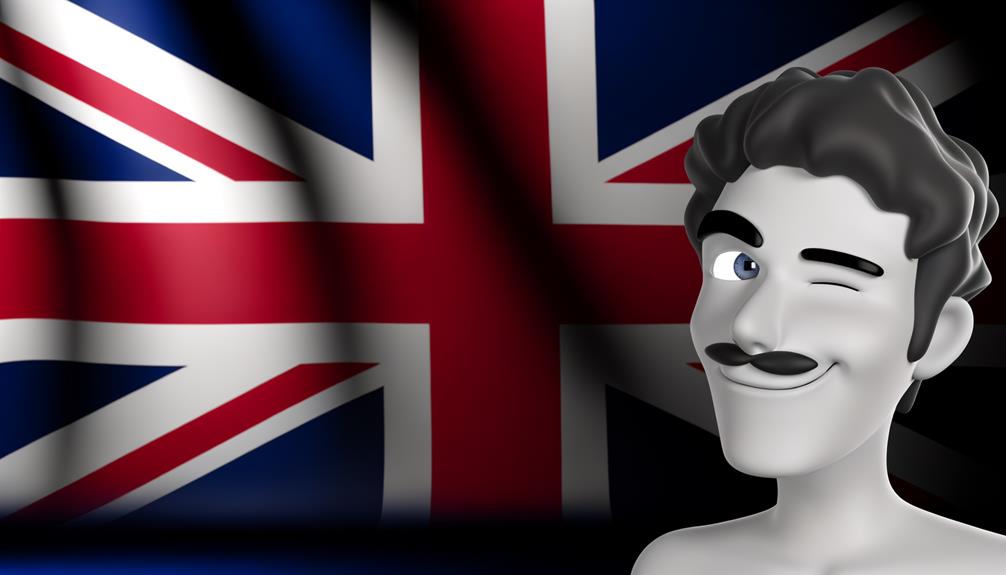In British slang, "cheeky" denotes a unique blend of impudence and mischievous charm. Originating from the word "cheek," which initially conveyed insolence, it evolved to embody a light-hearted defiance of social norms, preserving a playful yet daring humor. This distinction illustrates the nuanced flexibility within the English language, marking a semantic shift that reflects broader societal changes. When you label an act or remark as "cheeky," you're noting its humorous boldness, distinct from outright rudeness—cheeky is accepted with laughter, fostering affectionate connections. Understanding this quintessential British wit offers insights into the cultural significance of language, hinting at a deeper comprehension of social interaction nuances.
Key Takeaways
- Cheeky in British slang embodies a mix of impudence and playful mischief.
- It conveys light-hearted defiance of norms, often accepted with laughter.
- Differentiates from rudeness by aiming for humor, not to belittle.
- Cheeky humor is characterized by clever, playful defiance.
- Phrases like 'Cheeky Nandos' highlight the wit and affection in British culture.
The Etymology of Cheeky
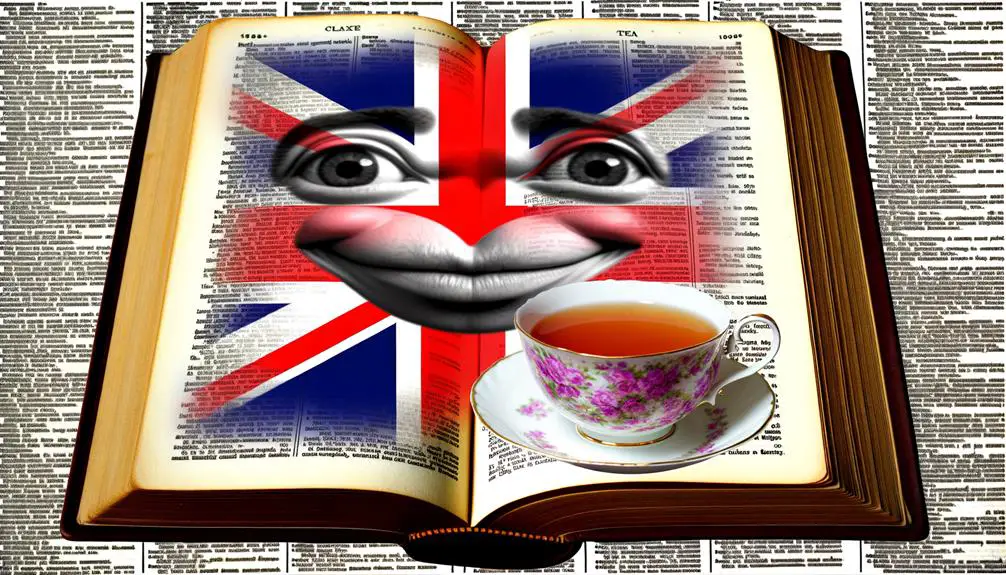
To fully grasp the term 'cheeky,' it's essential to delve into its etymology, tracing its origins and how it has evolved in the English language. The historical roots of 'cheeky' are deeply embedded in the late 19th century, initially emerging in British English. Linguistically, it stems from 'cheek,' denoting either side of the face, below the eyes. Historically, 'cheek' was also used metaphorically to signify insolence or impudence, indicating that the development of 'cheeky' as a term embodies this idea of boldness or audacity.
The linguistic progression of 'cheeky' mirrors the changing dynamics of language usage and cultural expressions over time. Initially, it may have carried a more negative connotation, closely linked with disrespect or impertinence. However, as language and societal norms evolve, 'cheeky' has undergone a semantic shift. It now frequently conveys a lighter, more playful sense of mischievousness or daring, without the harsher undertones of its predecessors. This transformation demonstrates the flexibility of language, where words adjust and evolve in meaning, influenced by social attitudes and communicative practices. Understanding 'cheeky' within this framework of historical origins and linguistic evolution offers a deeper insight into its current usage and subtleties in the English language.
Cheeky in Everyday Language
You've encountered the term 'cheeky' in various contexts, but its application in everyday language reveals layers of meaning and nuance. By examining its definition in context and its usage in conversations, you'll grasp how this term operates within the fabric of British communication. This exploration offers insight into the adaptability and vibrancy of slang within linguistic practices.
Definition in Context
In everyday language, 'cheeky' embodies a nuanced blend of impudence and playfulness, often connoting a light-hearted defiance of social norms or expectations. This term, rich in cultural connotations, captures the essence of moments or actions where individuals, through their words or deeds, engage in a form of playful defiance. The cheeky charm isn't merely about being boldly disrespectful; it's an art of straddling the line between challenging conventional boundaries and maintaining a semblance of endearing audacity. It's this careful balance that defines the cheeky nature, making it a term that encapsulates a specific kind of British wit and humor. Through cheeky acts or remarks, a unique, often affectionate connection is forged, demonstrating a masterful command of social dynamics.
Usage in Conversations
Frequently, the term 'cheeky' surfaces in daily conversations, subtly infusing them with a uniquely British blend of wit and irreverence. This linguistic feature acts as a versatile tool in the arsenal of conversational strategies, particularly in the domain of cheeky compliments. Such compliments, deftly crafted, tread the fine line between playful teasing and genuine flattery. They encapsulate a nuanced understanding of social dynamics, signaling both familiarity and affection in a manner that is distinctly lighthearted. Analyzing their use, one discerns a strategic deployment aimed at easing tensions, fostering camaraderie, or simply injecting a moment of levity into the dialogue. Consequently, mastering the art of the cheeky comment or compliment becomes an invaluable skill in maneuvering the complexities of interpersonal communication within a British context.
The Thin Line: Cheeky Vs Rude
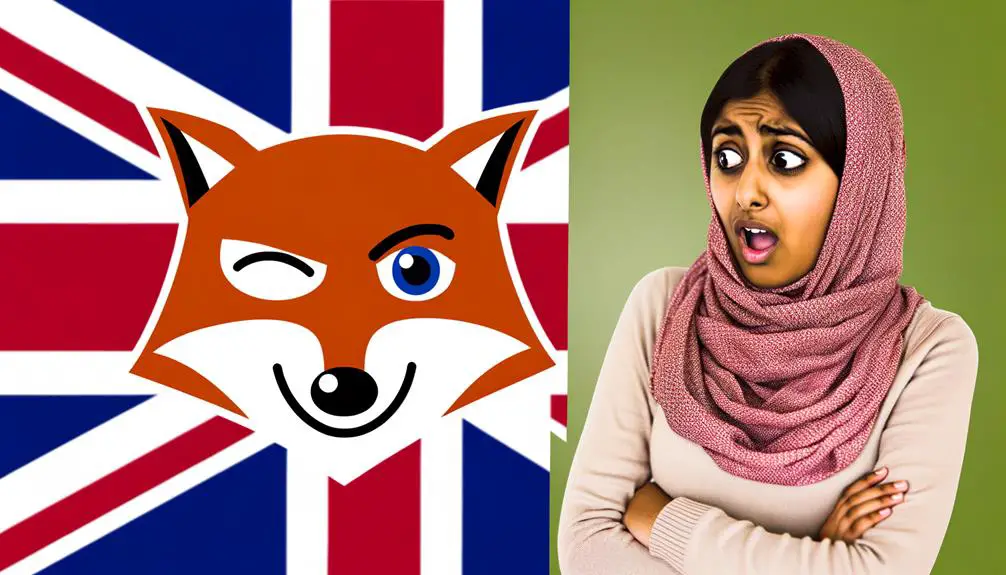
Traversing the nuanced distinction between 'cheeky' and rude requires an understanding of context and tone, as the former often teeters on the edge of playful impudence without crossing into outright disrespect. You'll find that cultural perceptions and behavior boundaries play a vital role in influencing this delicate balance.
| Aspect | Cheeky | Rude |
|---|---|---|
| Intention | Aimed at humor and light-heartedness. | Aimed to offend or belittle. |
| Reception | Generally accepted and reciprocated with laughter. | Often met with discomfort or offense. |
| Context | Socially appropriate settings. | Lacks consideration for social norms. |
| Relationship | Exists between individuals with mutual understanding. | Can occur regardless of relationship closeness. |
Analyzing these contrasts reveals that cheekiness is wrapped in the familiarity of shared understanding and acceptance, whereas rudeness disregards the recipient's feelings and societal expectations. The ambiguity lies in the receiver's perception, which is invariably shaped by cultural norms and personal boundaries. Navigating the thin line between cheeky and rude demands a keen sensitivity to the nuances of social interactions, ensuring that what's intended as playful banter doesn't veer into the world of disrespect.
Cheeky Humor Explained
You'll find that cheeky humor, characterized by its playful audacity, occupies a unique space within British culture. By examining its definition and identifying examples in cultural manifestations, you'll gain insights into the nuances that differentiate cheeky wit from outright rudeness. This exploration will illuminate the clever balance cheeky humor maintains, employing irreverence without crossing into disrespect.
Defining Cheeky Wit
At its core, cheeky wit embodies a playful yet daring form of humor, often characterized by its subtle mockery and cleverness. This brand of humor is steeped in impish charm and playful defiance, engaging audiences with its sharp but light-hearted nature. It's a delicate balance to strike, requiring one to navigate the fine line between affability and boldness. Cheeky wit thrives on the unexpected, leveraging a keen understanding of social nuances to deliver remarks that are both amusing and insightful. Its effectiveness lies in the ability to surprise and delight, using wit as a tool to challenge norms without crossing into disrespect. This form of humor, in this manner, reflects a deep appreciation for the nuances of language and interaction, showcasing a sophisticated grasp of both context and audience.
Examples in Culture
Numerous examples across various cultural mediums showcase cheeky humor's unique ability to blend sharp wit with playful banter, engaging audiences in a distinctive manner. In the domain of cheeky fashion, designers often employ bold, unexpected designs coupled with ironic or humorous messaging, challenging traditional norms and expectations. This approach not only captures attention but also invites viewers to partake in a shared joke, thereby fostering a sense of community and inclusivity. Similarly, cheeky advertising leverages witty, often subversive messages that cleverly critique societal norms or consumer culture, all while promoting a product or service. By doing so, it resonates deeply with audiences, who appreciate the intelligence and creativity behind the message, demonstrating the powerful impact of cheeky humor in connecting with and captivating an audience.
Famous Cheeky Phrases
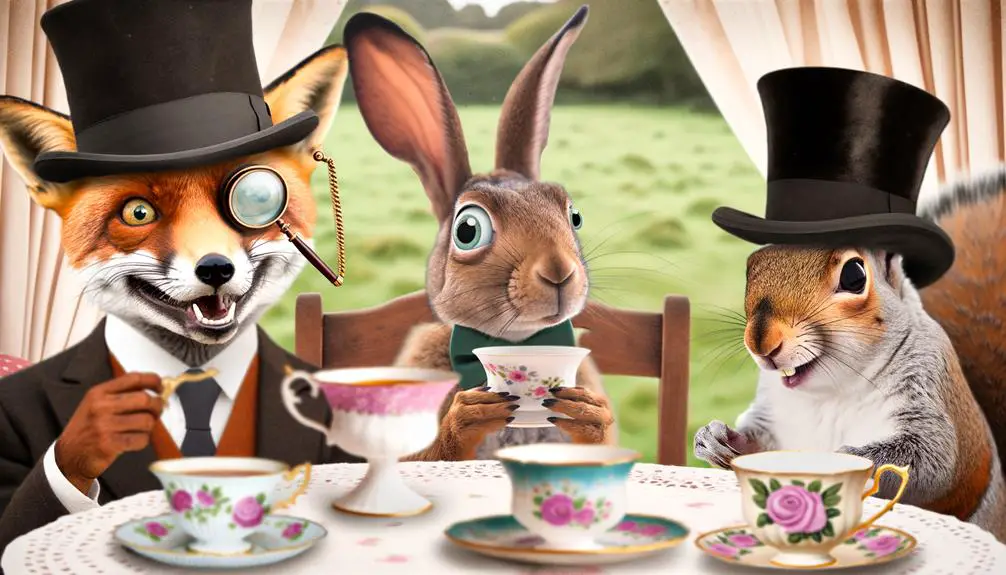
Exploring the world of British slang, it's clear that the term 'cheeky' has given rise to a variety of phrases that embody both the playful audacity and the endearing impudence characteristic of British humor. The genesis of such phrases often lies in the domain of cheeky nicknames and playful insults, serving as a confirmation to the wit and affection inherent in the culture.
- 'Cheeky Nandos' – This phrase marvelously encapsulates the British penchant for understatement, referring to a spur-of-the-moment decision to grab a meal at the popular chain, Nando's, often implying a hint of mischief or indulgence in the act.
- 'Having a Cheeky Pint' – Here, the adjective 'cheeky' transforms a simple act of drinking a pint into an impromptu, perhaps slightly naughty adventure, suggesting a break from the norm or a small act of rebellion against the day's responsibilities.
- 'You Cheeky Monkey!' – A term of endearment veiled as a playful insult, it highlights the affectionate use of 'cheeky' in nicknaming, pointing to someone's cunning or mischievous behavior in a light-hearted manner.
- 'A Cheeky Quickie' – Though slightly risqué, this phrase illustrates the British knack for euphemism, referring to a brief and spontaneous romantic encounter, encapsulating the essence of 'cheeky' as something done boldly but with a certain charm.
These phrases, rich in cultural nuance, exemplify how 'cheeky' acts as a linguistic bridge between audacity and affection, cementing its place in the lexicon of British slang.
Cheeky Across Cultures
The concept of 'cheeky' exhibits intriguing variations and interpretations across different cultures, reflecting diverse societal norms and values. When you investigate its global interpretations, you'll find that what is considered cheeky in one culture might be seen as outright disrespectful or charmingly bold in another. This disparity highlights the intricate web of cultural nuances that shape our understanding of behavior and language.
In some cultures, cheekiness is embraced as a sign of wit and intelligence, a playful challenge to authority that's both admired and encouraged. Yet, in others, the same behavior might be frowned upon, perceived as a lack of respect or decorum. This contrast underscores the importance of context and the relational dynamics at play.
Moreover, exploring these cultural waters can lead to misunderstandings, especially when individuals from different backgrounds interpret cheekiness through their own cultural lens. What's intended as a lighthearted jest can be misconstrued, leading to confusion or even conflict.
Thus, understanding the subtleties of 'cheeky' across cultures is not just an exercise in linguistic curiosity, but a critical component of cross-cultural communication, emphasizing the need for sensitivity and awareness to bridge gaps and foster mutual respect.
Embracing Cheekiness: Tips
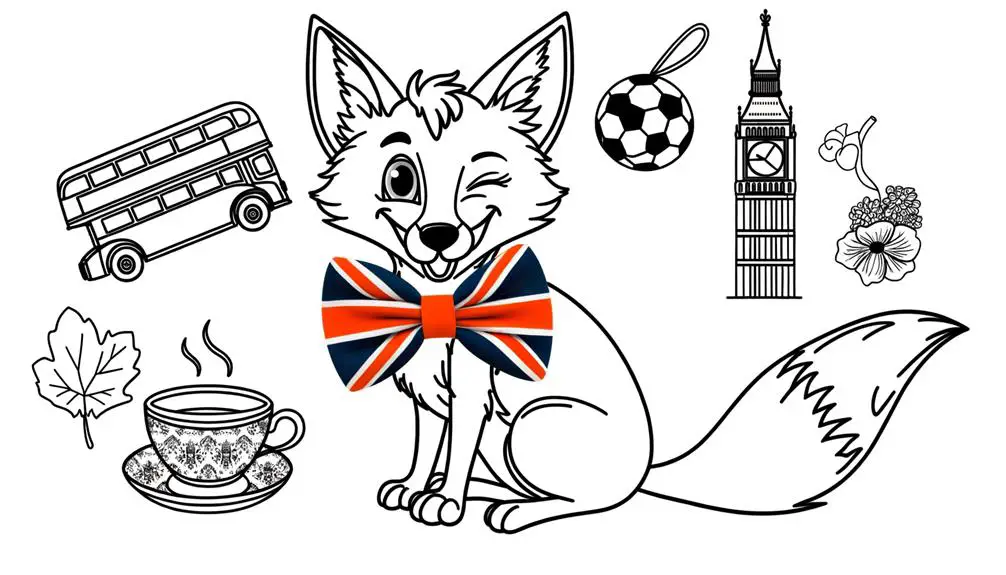
Having acknowledged the diverse understandings of cheekiness across cultures, it's important to contemplate how one might skillfully integrate this trait into their interactions, honoring the delicate balance between wit and respect. To navigate the incorporation of cheekiness in a manner that is both respectful and engaging, consider the following strategies:
- Assess the Environment: Before displaying cheekiness, evaluate the social context. A boardroom meeting, for instance, may not appreciate the same level of playful defiance as a casual gathering among friends.
- Moderate Your Approach: Cheekiness should be like seasoning—used sparingly and thoughtfully. It's about finding the right moments to inject humor without overstepping boundaries.
- Adopt Cheeky Fashion with Caution: While clothing can be a form of expression, cheeky fashion requires a keen sense of timing and audience. An outfit that playfully challenges norms at a creative event might not be suitable in more conservative settings.
- Listen and Adapt: Pay close attention to how others react to your cheekiness. Adaptability is key. If your playful defiance seems to unsettle rather than amuse, it's wise to recalibrate your approach.
Embracing cheekiness involves a continuous process of learning and adjustment, ensuring that this trait enriches rather than complicates social interactions.

